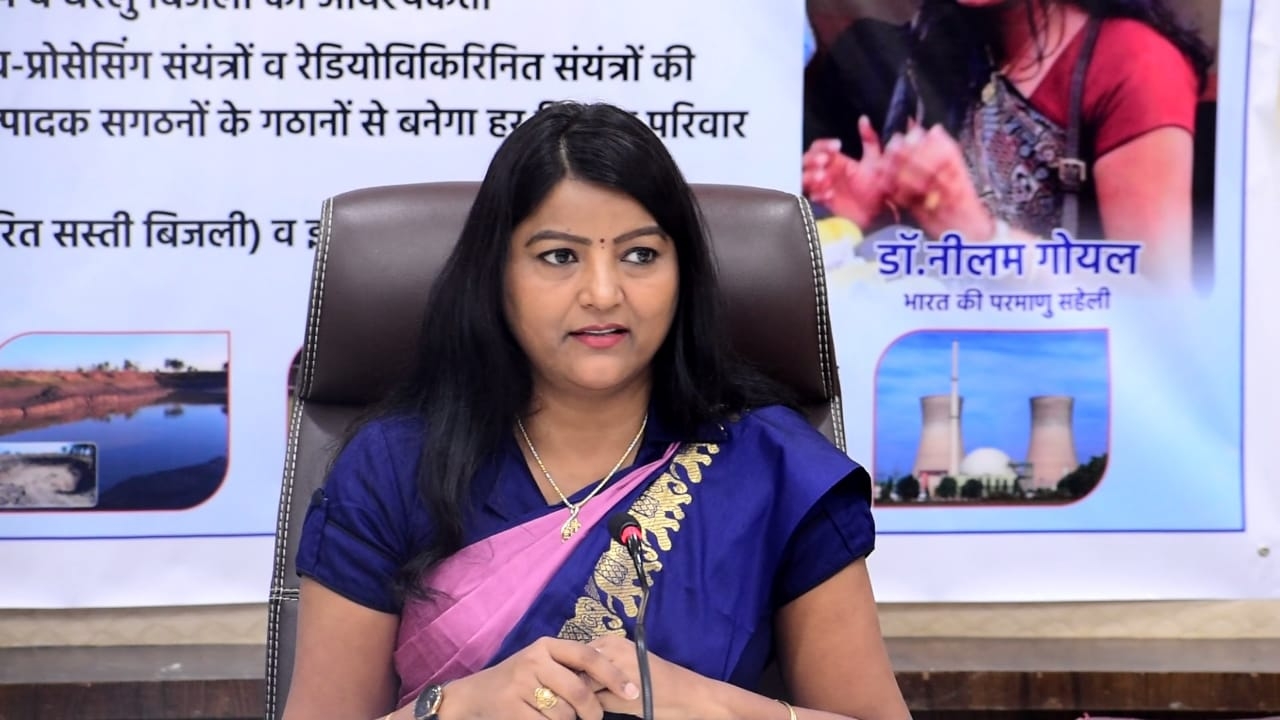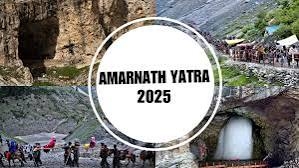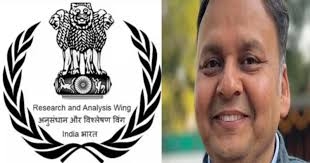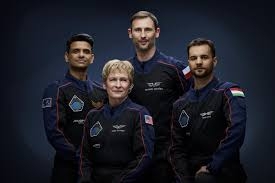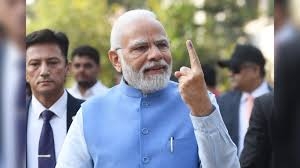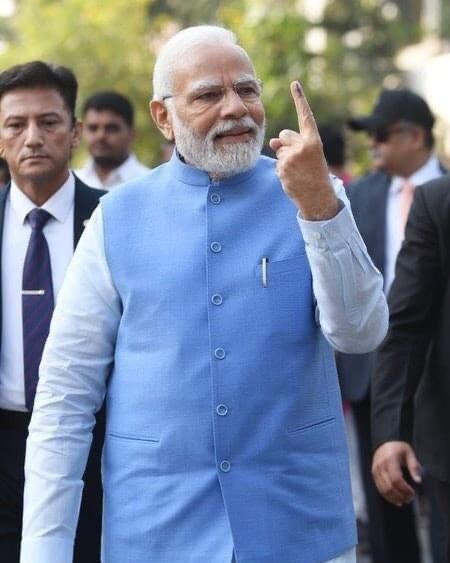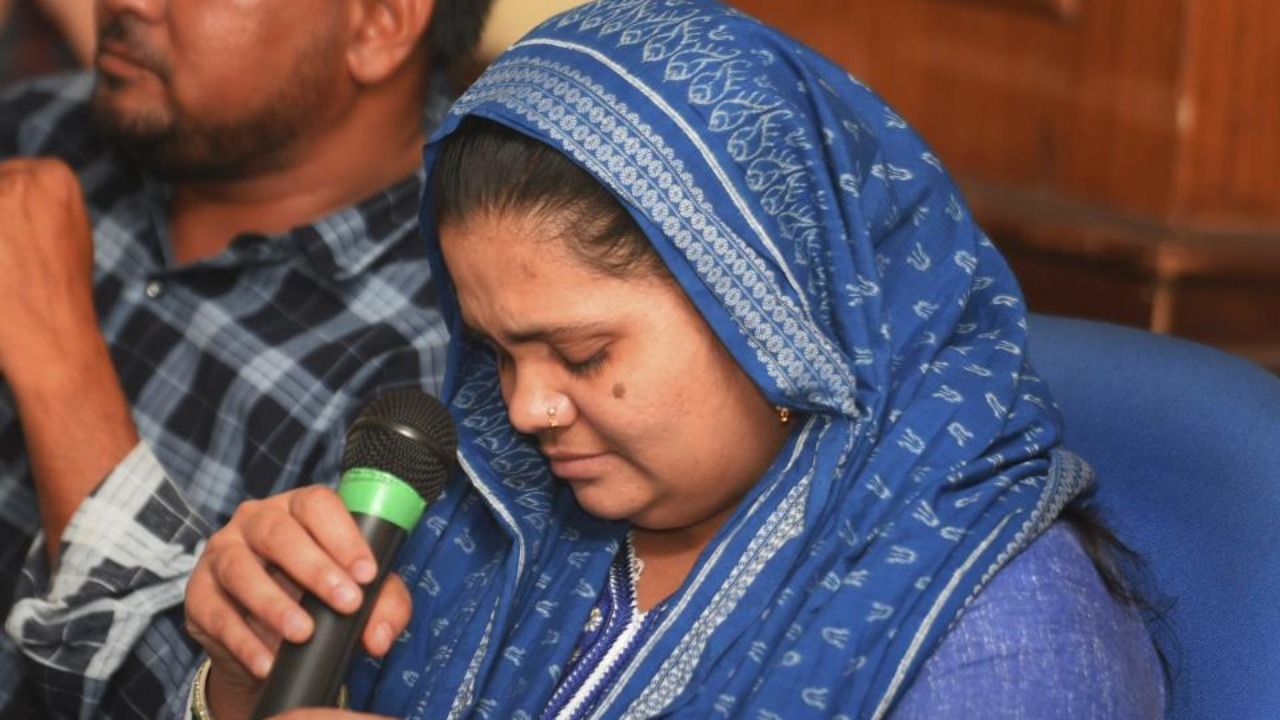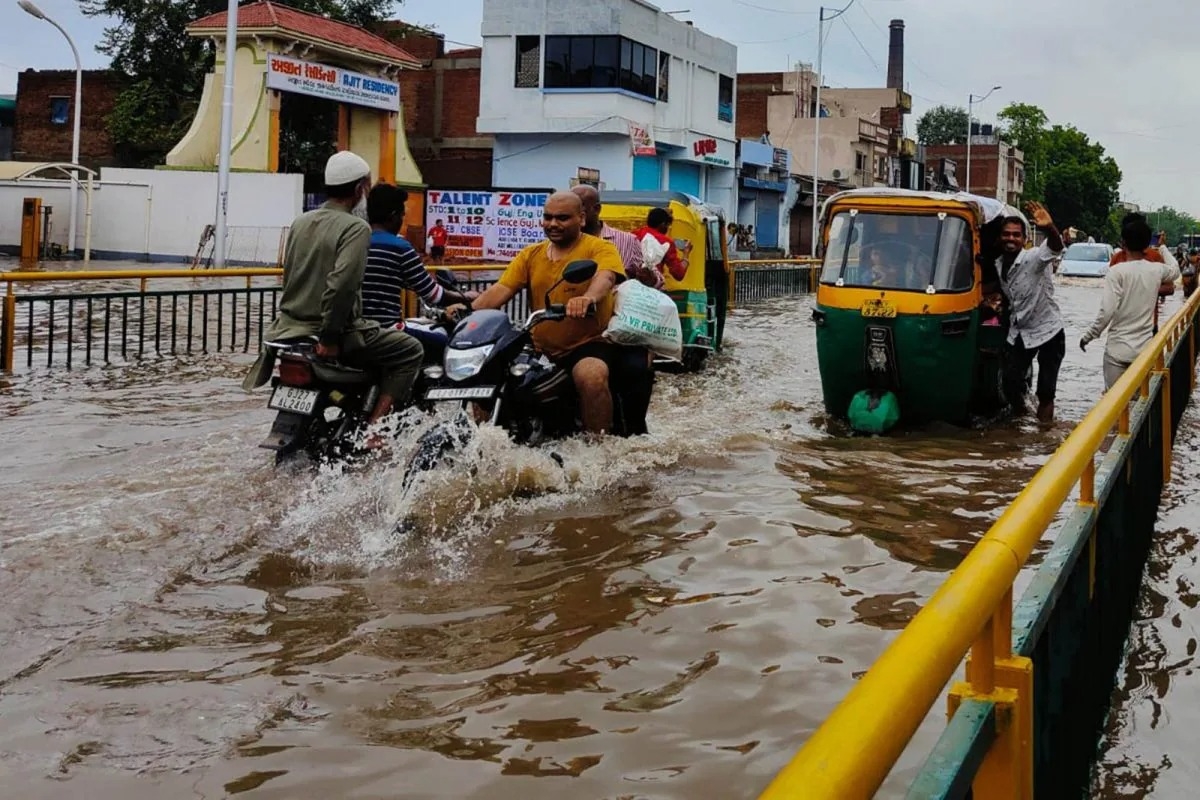India's Nuclear Friend Neelam Goyal told that India maintains a national plan for power generation so that India can provide light to the homes in remote areas, can make a proper arrangement of electricity for agriculture, industrial, commercial, residential and other needs as well. According to this plan, India has to produce electricity at an average rate of 5000 units per person per annum, keeping in mind the availability, extent and importance of all possible sources of electricity generation. In this production 1000 units have to be made from solar energy, 250 units from coal, 250 units from wind and water, 3000 units from nuclear power and the rest 250 units from other sources.
The maximum limit of electricity that can be generated from light in India is 1000 units per person per anum. To generate 1300 billion units of electricity annually from solar energy, i.e., to generate 1000 units per capita annually in the present population of 1 billion 300 million, one million MW of solar plants will have to be set up. To set up 10 lakh MW solar power plants, 5 to 6 lakh square kilometers of land would be required. This is the maximum limit of solar energy. Coal, oil and gas are in limited quantities. That is, even if India consumes water and wind flowing in its country, solar energy and coal falling on the land, then it can never produce more than 1750 units of electricity from them. Obviously, in such a situation, nuclear energy is a clean and safe option, which will be able to meet India's electricity requirement in a sustainable manner for centuries.
India today is ready with the capacity to install 500-500 MW smart modular reactors in each of its districts, which can meet the base load power demand of that district, while also purifying local water. Hydrogen gas can also be produced continuously as a fuel from water itself for making potable and motor vehicles etc. and can also produce high thermal heat, which is an absolute requirement of many industries. All this was possible from the year 2013 also, but due to the misconceptions and protests from general to special public regarding nuclear energy it got delayed. India which was ahead of than China in this field India is now far behind China. Till the year 1992, there was no nuclear power station in China. Today nuclear power plants of 48000 MW have been installed in Chine where as in India, which was a leader in this field since the year 1948, has so far reached only 6780 MW. Electricity cannot be made from solar energy at night and when it is cloudy. In such a situation, solar power may not become a suitable option for the continuous and uninterrupted supply of base load power required in heavy industries and railways. First store the electricity generated from solar energy in batteries, then in this process the total cost of making electricity from solar energy comes between 9 to 10 rupees. From smart modular nuclear plants, this cost comes only between Rs 2 to 2.5.
Nuclear Friend told that there is a lack of correct information among the people about nuclear energy. People have many misconceptions. Nuclear Friend is running a campaign of public awareness everywhere. The 6500 MW nuclear power plant in Gujarat is stalled for the last 10 years and it is the responsibility of every citizen of Gujarat to create a positive atmosphere about the nuclear power plant. Nuclear Friend told that any work can be done with full skill only with 5 principles that are- fairness, technical skill, awareness, community participation and vigilance. To overcome the problem of water in Gujarat and Rajasthan, a joint plan of Rajasthan and Kutch is required to bring the water of Yamuna river to Sabarmati. If this happens, the Kutch belt of Gujarat along with the north-western part of Rajasthan will get water. Farmers will get water, animals will get fodder. The economic income of our farmers will increase. But this scheme is 40 years old and nothing has started till now. Nuclear friend told that due to the plan of interconnection of rivers, India will get rid of floods and droughts, thus there will be self-sufficiency in the field of water. Second, there will be water on every field , every farmer will be able to stop the rain water from the field on his farm, with which he will be able to take three crops in a year, which will lead to self-sufficiency in water in the field of agriculture. Third nuclear friend told that there will be self-sufficiency in the field of electricity in agriculture and in the domestic sector with solar energy, fourth nuclear energy, which is a clean and green and cheap means of making electricity, which will lead to self-sufficiency in the industrial sector. She further told that by collecting cow dung from every house of every village, if a dung gas plant is installed in the middle of 30-40 villages, then every family of that village will get clean cooking gas, fertilizers for the cultivation and will give employment to the youth of that village. It is possible that in this way every village can get clean cooking gas and India will be able to become self-reliant in this area.
Nuclear Friend told that if India has to be self-reliant then we have to know that about 75% of the population of India lives in the village and the farmers in the village have the means of farming and animal employment. The first requirement in agriculture will be water and animals will need fodder and for both these things the first need is water, so if India has to become self-sufficient, then the first thing we have to do is to become self-reliant in the supply of water for which the plan of interconnection of rivers of India is most important. Secondly, by stopping the rain water which is wasted in every field, farmers will be able to take three crops. In this way India will be able to become self-sufficient in the field of water. Secondly, by stopping the rain water which is wasted in every field, farmers will be able to take three crops, in this way India will be able to become self-sufficient in the field of water. Second if we talk about electricity, then nuclear energy whose 85 percent production is from India in the whole world. For this, nuclear energy will have to be developed properly in India and for this both water and electricity, the people of India will have to support the Government of India. Whenever the schemes come in our area, we should fully support these schemes so that the implementation of the schemes can be done on time and we and our India can become self-reliant.
India's Nuclear Friend Neelam Goyal told that India maintains a national plan for power generation so that India can provide light to the homes in remote areas, can make a proper arrangement of electricity for agriculture, industrial, commercial, residential and other needs as well. According to this plan, India has to produce electricity at an average rate of 5000 units per person per annum, keeping in mind the availability, extent and importance of all possible sources of electricity generation. In this production 1000 units have to be made from solar energy, 250 units from coal, 250 units from wind and water, 3000 units from nuclear power and the rest 250 units from other sources.
The maximum limit of electricity that can be generated from light in India is 1000 units per person per anum. To generate 1300 billion units of electricity annually from solar energy, i.e., to generate 1000 units per capita annually in the present population of 1 billion 300 million, one million MW of solar plants will have to be set up. To set up 10 lakh MW solar power plants, 5 to 6 lakh square kilometers of land would be required. This is the maximum limit of solar energy. Coal, oil and gas are in limited quantities. That is, even if India consumes water and wind flowing in its country, solar energy and coal falling on the land, then it can never produce more than 1750 units of electricity from them. Obviously, in such a situation, nuclear energy is a clean and safe option, which will be able to meet India's electricity requirement in a sustainable manner for centuries.
India today is ready with the capacity to install 500-500 MW smart modular reactors in each of its districts, which can meet the base load power demand of that district, while also purifying local water. Hydrogen gas can also be produced continuously as a fuel from water itself for making potable and motor vehicles etc. and can also produce high thermal heat, which is an absolute requirement of many industries. All this was possible from the year 2013 also, but due to the misconceptions and protests from general to special public regarding nuclear energy it got delayed. India which was ahead of than China in this field India is now far behind China. Till the year 1992, there was no nuclear power station in China. Today nuclear power plants of 48000 MW have been installed in Chine where as in India, which was a leader in this field since the year 1948, has so far reached only 6780 MW. Electricity cannot be made from solar energy at night and when it is cloudy. In such a situation, solar power may not become a suitable option for the continuous and uninterrupted supply of base load power required in heavy industries and railways. First store the electricity generated from solar energy in batteries, then in this process the total cost of making electricity from solar energy comes between 9 to 10 rupees. From smart modular nuclear plants, this cost comes only between Rs 2 to 2.5.
Nuclear Friend told that there is a lack of correct information among the people about nuclear energy. People have many misconceptions. Nuclear Friend is running a campaign of public awareness everywhere. The 6500 MW nuclear power plant in Gujarat is stalled for the last 10 years and it is the responsibility of every citizen of Gujarat to create a positive atmosphere about the nuclear power plant. Nuclear Friend told that any work can be done with full skill only with 5 principles that are- fairness, technical skill, awareness, community participation and vigilance. To overcome the problem of water in Gujarat and Rajasthan, a joint plan of Rajasthan and Kutch is required to bring the water of Yamuna river to Sabarmati. If this happens, the Kutch belt of Gujarat along with the north-western part of Rajasthan will get water. Farmers will get water, animals will get fodder. The economic income of our farmers will increase. But this scheme is 40 years old and nothing has started till now. Nuclear friend told that due to the plan of interconnection of rivers, India will get rid of floods and droughts, thus there will be self-sufficiency in the field of water. Second, there will be water on every field , every farmer will be able to stop the rain water from the field on his farm, with which he will be able to take three crops in a year, which will lead to self-sufficiency in water in the field of agriculture. Third nuclear friend told that there will be self-sufficiency in the field of electricity in agriculture and in the domestic sector with solar energy, fourth nuclear energy, which is a clean and green and cheap means of making electricity, which will lead to self-sufficiency in the industrial sector. She further told that by collecting cow dung from every house of every village, if a dung gas plant is installed in the middle of 30-40 villages, then every family of that village will get clean cooking gas, fertilizers for the cultivation and will give employment to the youth of that village. It is possible that in this way every village can get clean cooking gas and India will be able to become self-reliant in this area.
Nuclear Friend told that if India has to be self-reliant then we have to know that about 75% of the population of India lives in the village and the farmers in the village have the means of farming and animal employment. The first requirement in agriculture will be water and animals will need fodder and for both these things the first need is water, so if India has to become self-sufficient, then the first thing we have to do is to become self-reliant in the supply of water for which the plan of interconnection of rivers of India is most important. Secondly, by stopping the rain water which is wasted in every field, farmers will be able to take three crops. In this way India will be able to become self-sufficient in the field of water. Secondly, by stopping the rain water which is wasted in every field, farmers will be able to take three crops, in this way India will be able to become self-sufficient in the field of water. Second if we talk about electricity, then nuclear energy whose 85 percent production is from India in the whole world. For this, nuclear energy will have to be developed properly in India and for this both water and electricity, the people of India will have to support the Government of India. Whenever the schemes come in our area, we should fully support these schemes so that the implementation of the schemes can be done on time and we and our India can become self-reliant.








